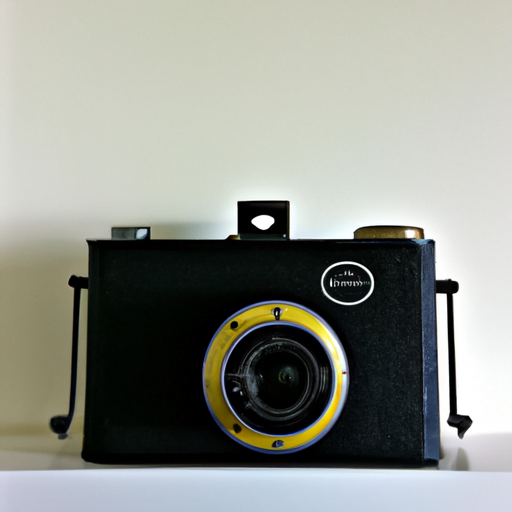
-
Table of Contents
The Power of Minimalist Design: Less is More

Minimalist design has gained significant popularity in recent years, and for good reason. With its clean lines, simplicity, and focus on essential elements, minimalist design has the power to create a lasting impact. In this article, we will explore the concept of minimalist design, its benefits, and how it can be effectively implemented in various fields.
What is Minimalist Design?
Minimalist design is a style that emphasizes simplicity and removes any unnecessary elements. It is characterized by clean lines, ample white space, and a focus on essential elements. The goal of minimalist design is to create a visually appealing and functional design that is free from clutter.
Minimalist design can be seen in various fields, including architecture, interior design, graphic design, and web design. It is often associated with the famous quote by architect Ludwig Mies van der Rohe, “Less is more.”
The Benefits of Minimalist Design
Minimalist design offers several benefits that make it a compelling choice for many designers and businesses. Here are some of the key advantages:
- Enhanced User Experience: Minimalist design focuses on the essential elements, making it easier for users to navigate and understand the content. By removing unnecessary distractions, users can focus on the core message or functionality.
- Improved Loading Times: Minimalist designs often have fewer elements, resulting in faster loading times. This is particularly important in today’s fast-paced digital world, where users expect instant access to information.
- Increased Conversion Rates: A clutter-free design can help guide users towards the desired action, leading to higher conversion rates. By eliminating distractions, minimalist design can create a clear path for users to follow.
- Timeless Appeal: Minimalist design is known for its timeless appeal. By focusing on simplicity and essential elements, minimalist designs can withstand changing trends and remain relevant for years to come.
Examples of Minimalist Design
Minimalist design can be found in various industries and has been successfully implemented by many well-known brands. Let’s explore some examples:
Apple
Apple is renowned for its minimalist design approach, which is evident in its product design, packaging, and marketing materials. The clean lines, simple color schemes, and focus on functionality have become synonymous with the Apple brand.
Muji
Muji, a Japanese retail company, is known for its minimalist approach to product design. Their products, ranging from furniture to stationery, feature clean lines, neutral colors, and a focus on functionality. Muji’s minimalist design philosophy has resonated with consumers worldwide.
Google’s search engine homepage is a prime example of minimalist design. The clean white background, simple logo, and single search bar create a clutter-free and user-friendly experience. Google’s minimalist design approach has contributed to its dominance in the search engine market.
Implementing Minimalist Design
When implementing minimalist design, it is essential to keep the following principles in mind:
- Simplicity: Focus on the essential elements and remove any unnecessary clutter.
- Whitespace: Use ample whitespace to create a sense of balance and allow elements to breathe.
- Typography: Choose simple and legible fonts that complement the overall design.
- Color Palette: Stick to a limited color palette to maintain a clean and cohesive look.
- Functionality: Prioritize functionality and ensure that the design serves its purpose effectively.
By following these principles, designers can create minimalist designs that are visually appealing and user-friendly.
Case Studies on the Power of Minimalist Design
Several case studies have demonstrated the effectiveness of minimalist design in achieving specific goals. Let’s explore a couple of examples:
Dropbox
Dropbox, a cloud storage company, redesigned its homepage with a minimalist approach. The new design featured a clean layout, clear call-to-action buttons, and simplified messaging. As a result, Dropbox saw a 43% increase in sign-ups, highlighting the power of minimalist design in driving conversions.
Target
Target, a retail giant, embraced minimalist design in its rebranding efforts. The new logo featured a simplified bullseye design, and the overall branding focused on clean lines and simplicity. This rebranding helped Target establish a modern and sophisticated image, attracting a wider audience.
Conclusion
Minimalist design has proven to be a powerful approach in various fields. Its emphasis on simplicity, functionality, and timeless appeal makes it a compelling choice for designers and businesses alike. By implementing minimalist design principles, businesses can enhance user experience, improve conversion rates, and create a lasting impact. As the saying goes, “Less is more,” and minimalist design exemplifies the power of simplicity.
